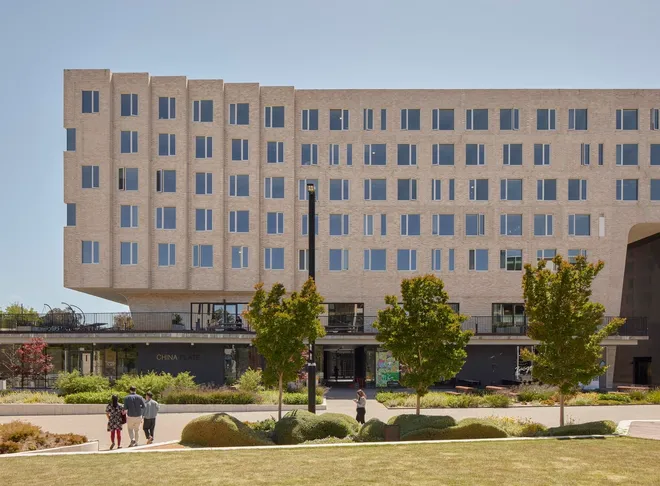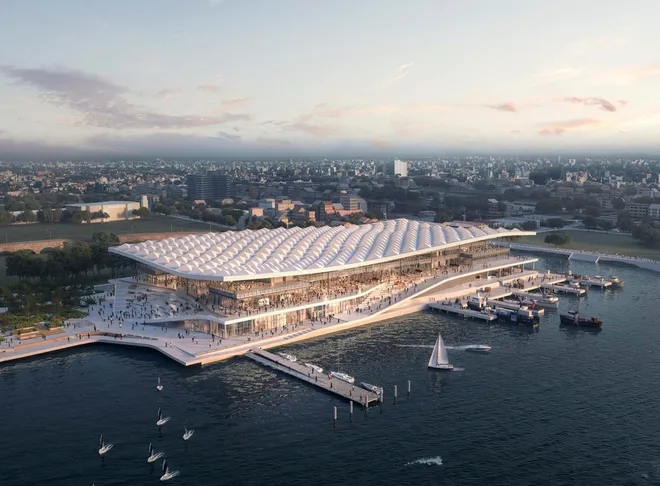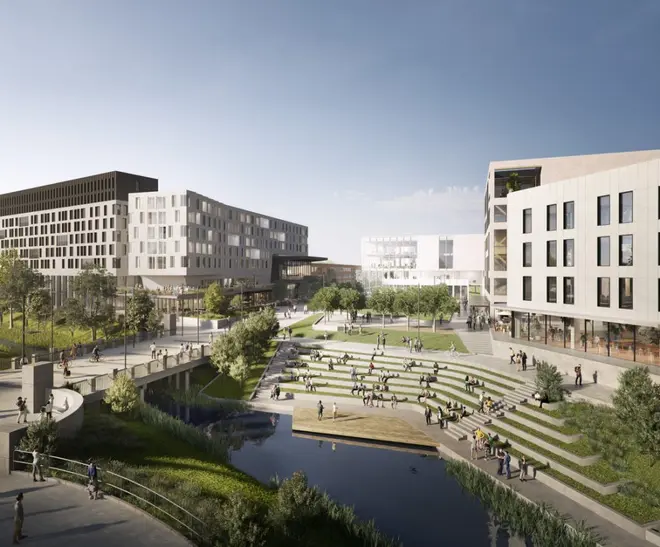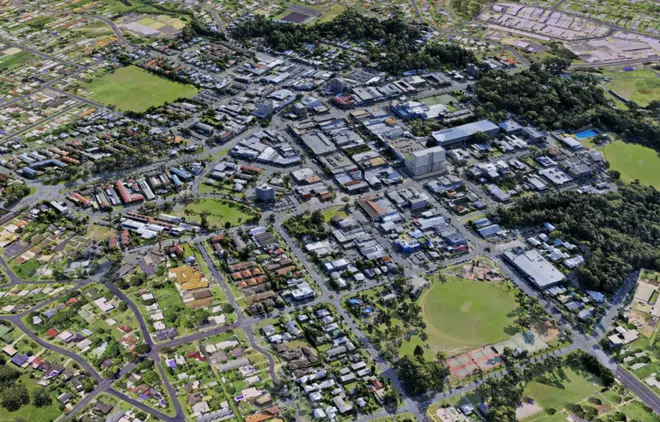Neighbourhood Making

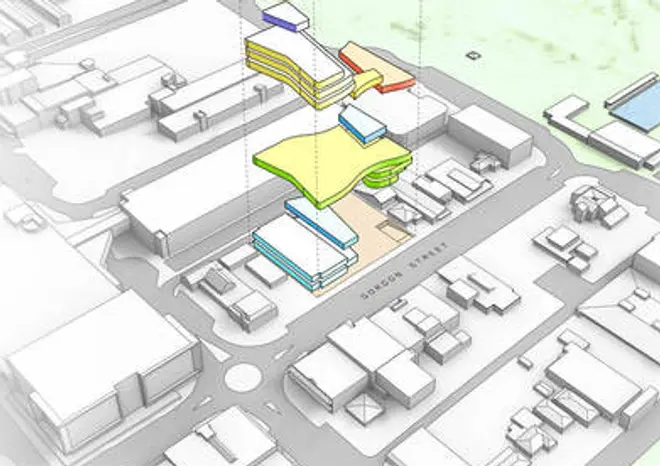
The new centre was required to be an aesthetically appealing, high-quality landmark development providing a multi-purpose space, enhanced amenities, community meeting space, enabling access to higher-level programs, activities, and services, as well as improving Council culture & organisational structures by locating a number of services in the one central space and co-locating Council administration staff and services.
The recently completed Yarilla Place acts as a catalyst to
re-energise the Coffs Harbour City Centre and surrounding LGA.
Place is more than physical presence. It is most strongly felt through our sense of belonging.
Given the scale of cities today, we understand them best in terms of neighbourhoods. This is how we identify our communities and where cultural settings are found. A great neighbourhood encourages citizen ownership and participation empowering them to define and influence their collective future.

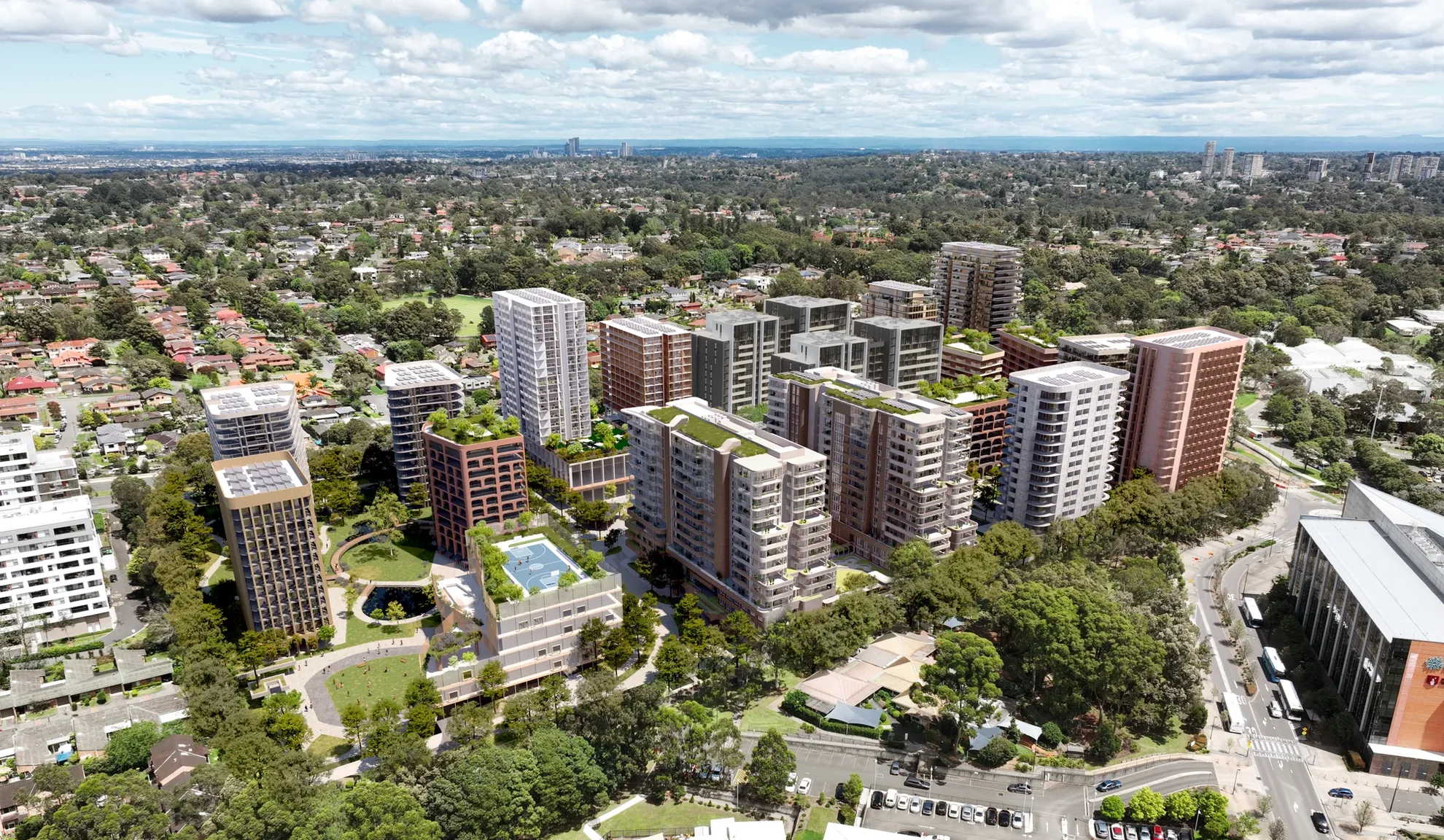

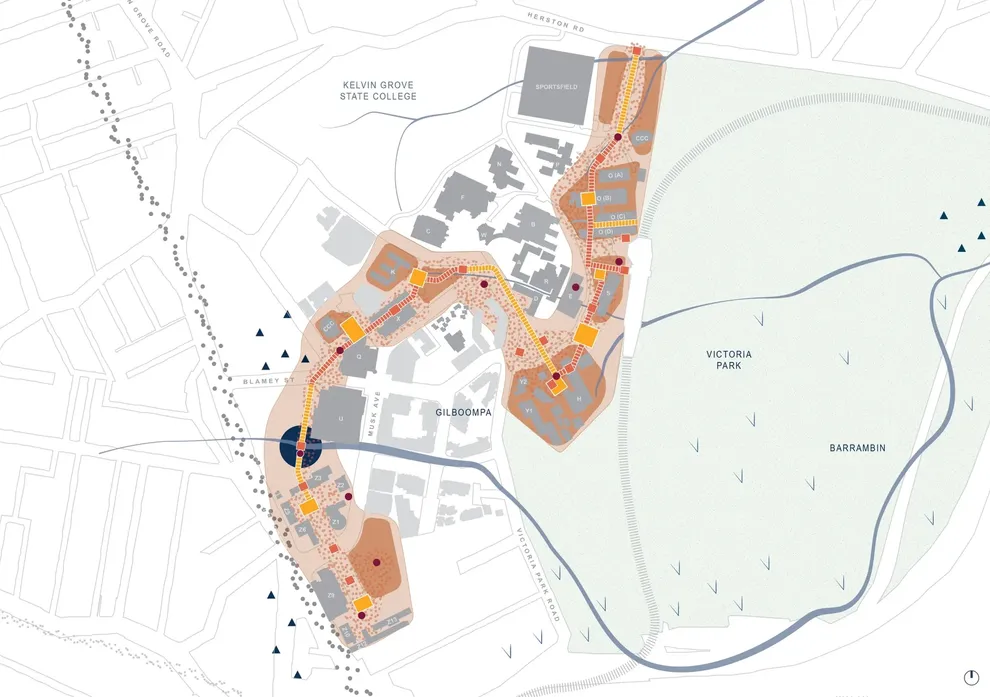


Campus to Country: Positioning Strategy is a spatial framework that seeks to inform future development at QUT's Kelvin Grove and Gardens Point campuses by engaging with Turrbal and Yugara peoples Country.
A neighbourhood is where people interact most regularly and naturally. It is the place where we live, learn, work or play. The social networks formed through constant interactions between people form community and give us a sense of belonging. Envisaging our cities as smaller neighbourhoods allows efforts for connection and change to be localised and achievable.
Precincts and masterplans need to be dynamic. They should integrate with existing or surrounding neighbourhoods and not limit future opportunities for connection. Wherever possible we aim to retain and reinvigorate existing buildings, integrating history to strengthen the identity and character of the place. New uses in existing buildings can create settings that build on the memory of place and find fresh meaning and value to the community.
For a neighbourhood to be inclusive and sustainable it needs to have some density and host a diversity of uses and open spaces that support its community and local economy. In every neighbourhood there are social anchors - schools, libraries, parks, sporting facilities, transit hubs, markets or cafes. These anchors have the power to exponentially strengthen the community and encourage participation. Removing physical and operational barriers, these social anchors can become vibrant community hubs that extend their core functions and hours of operation to enliven the area and enhance the permeability and connectedness of a neighbourhood.
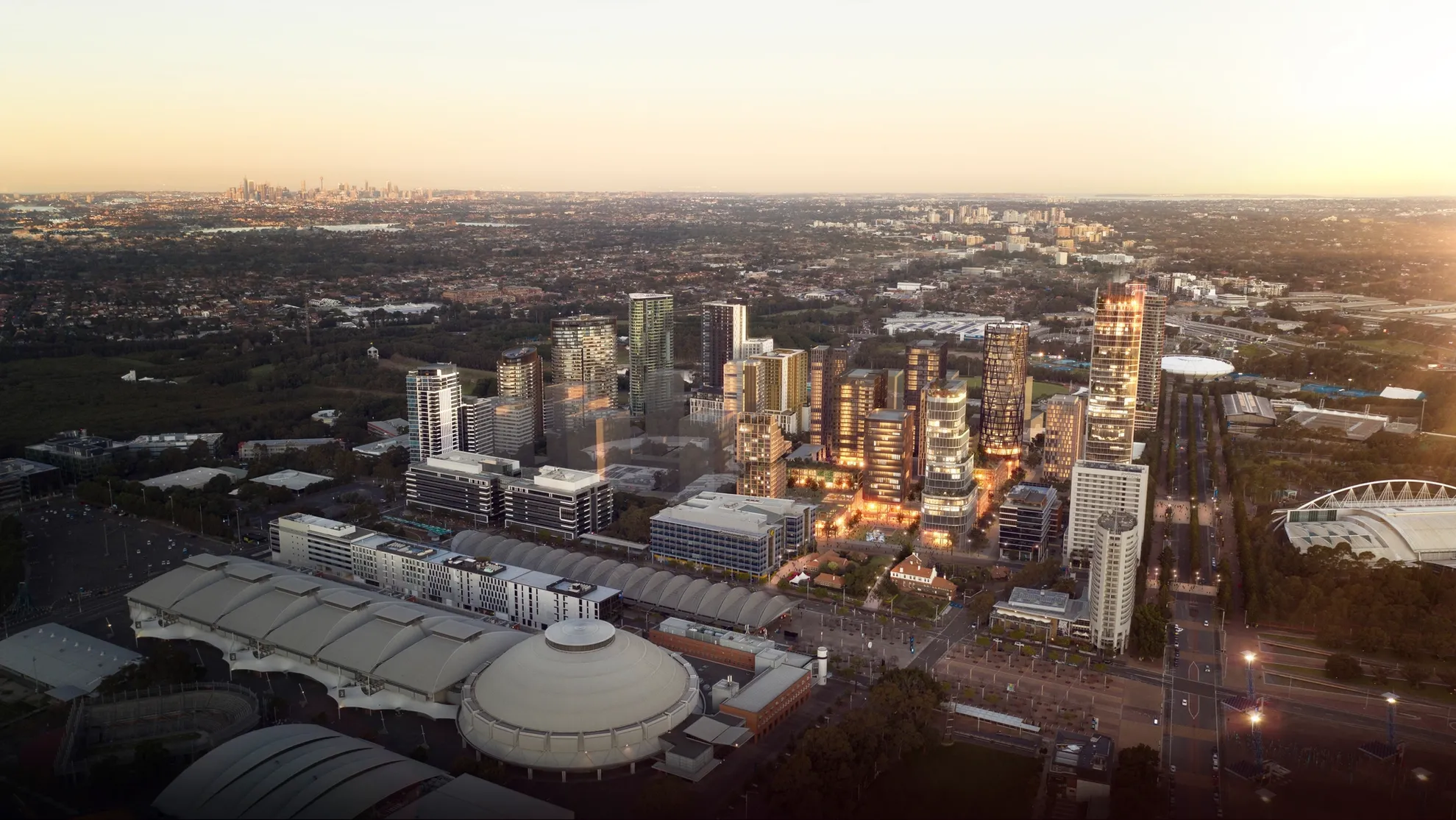
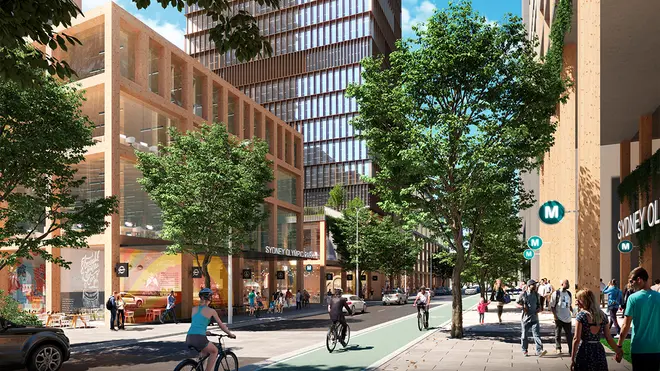
Sydney Olympic Park Town Centre sets a benchmark for surrounding developments.
The masterplan aims to transform the precinct beyond an event space. BVN has worked with SOPA for years to align their vision with GPT’s, shaping a people- and place-focused outcome. A key focus has been designing the public domain to bring the vast ground plane to life.
Public spaces can be attached to important anchor buildings and extend their influence to the street. These can also work over multiple levels – the prospect and aspect of spaces above ground can create interesting opportunities for dialogue with the street or plaza below.
Food continues to bring us together. Gatherings around food whether it’s markets, cafes or restaurants are important social events in the life of a community. Food markets have the ability to connect the community directly with producers and support the local economy. Shopping at fresh food markets promotes healthier food choices and increases social interactions. Markets serve as a public gathering place for people from different ethnic, cultural and socio-economic backgrounds. Whilst they must be locally loved they also provide an opportunity for those outside the community to engage and understand the place and its people.
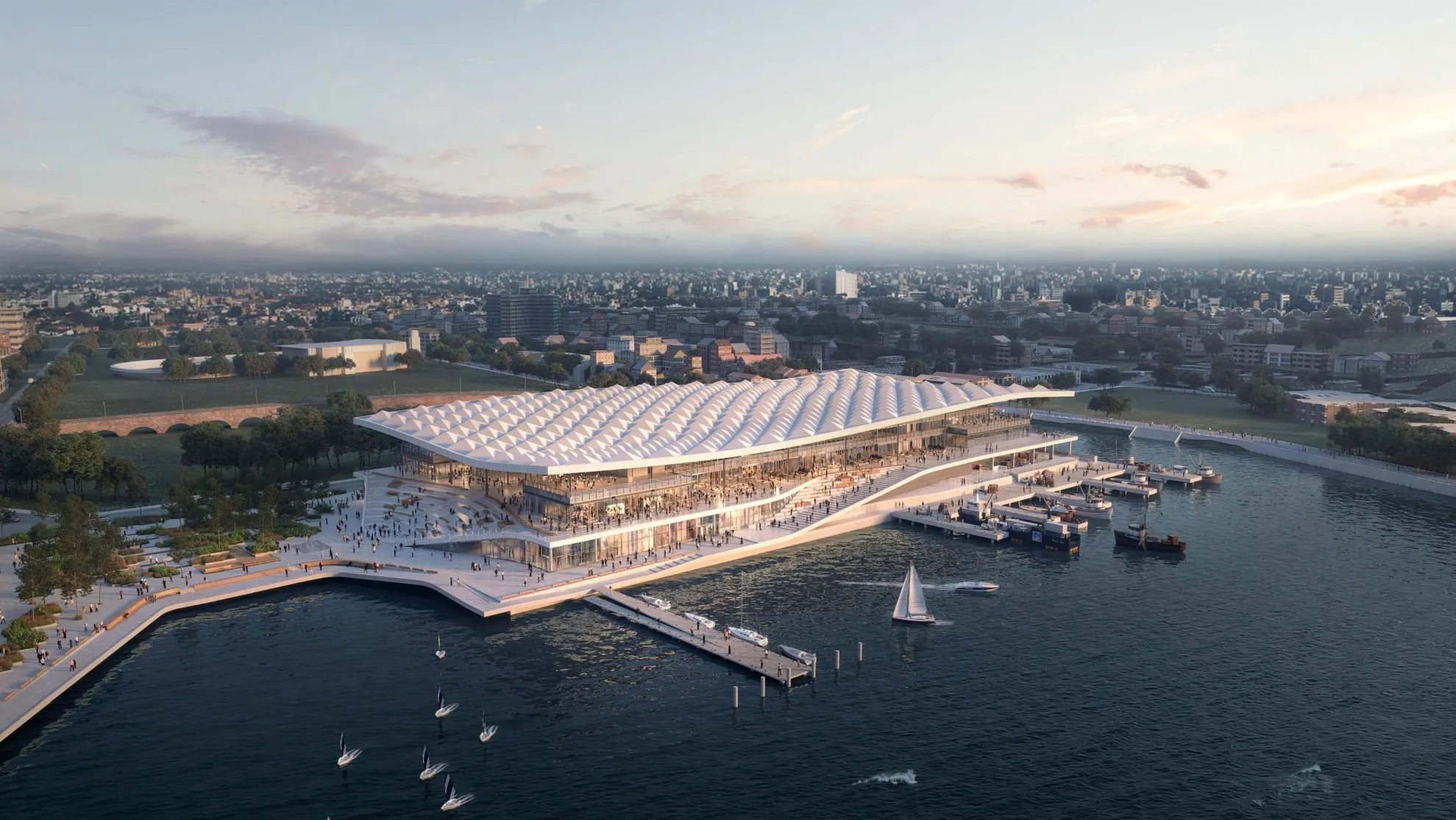
Introducing approximately 12,000sqm of new public domain, including the harbourside promenade, an urban park, a local plaza and the Bridge Road boardwalk, the emblematic design will cement the New Sydney Fish Market as a Sydney landmark.
In our cities, we value outdoor spaces more than ever and have the opportunity to reimagine where we choose to gather. This can include interventions into the street that blur the boundaries between public and private, like free seating, outdoor co-working, alfresco dining, or creative activations.
Our work in New York City has shown the success of these spaces and the ability for the community to even participate in their construction and engage with artists. With amendments to Council regulations, pop-up interventions offer citizen led short term, low cost and scaleable ways to strengthen neighbourhoods and create long term change.
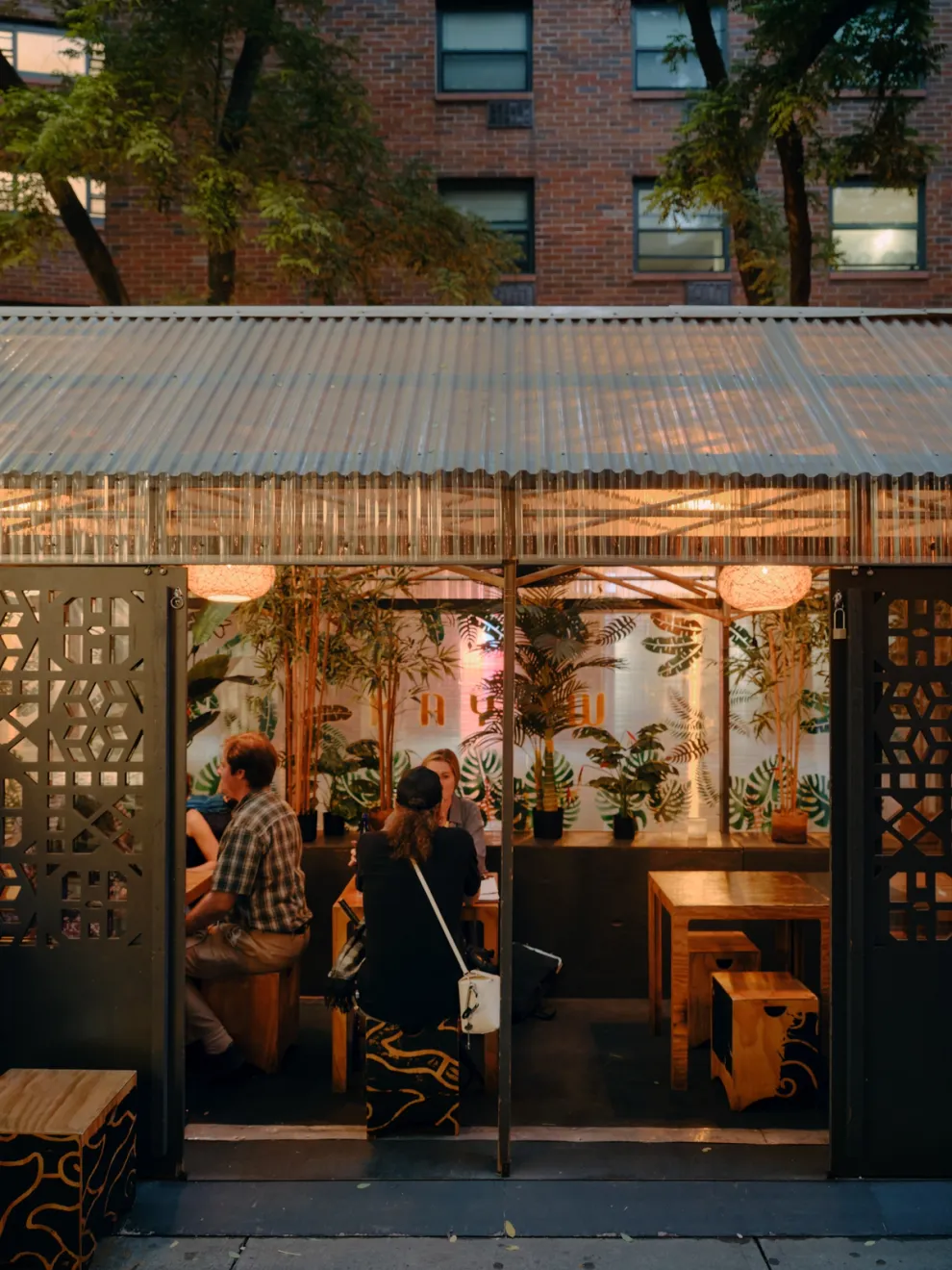

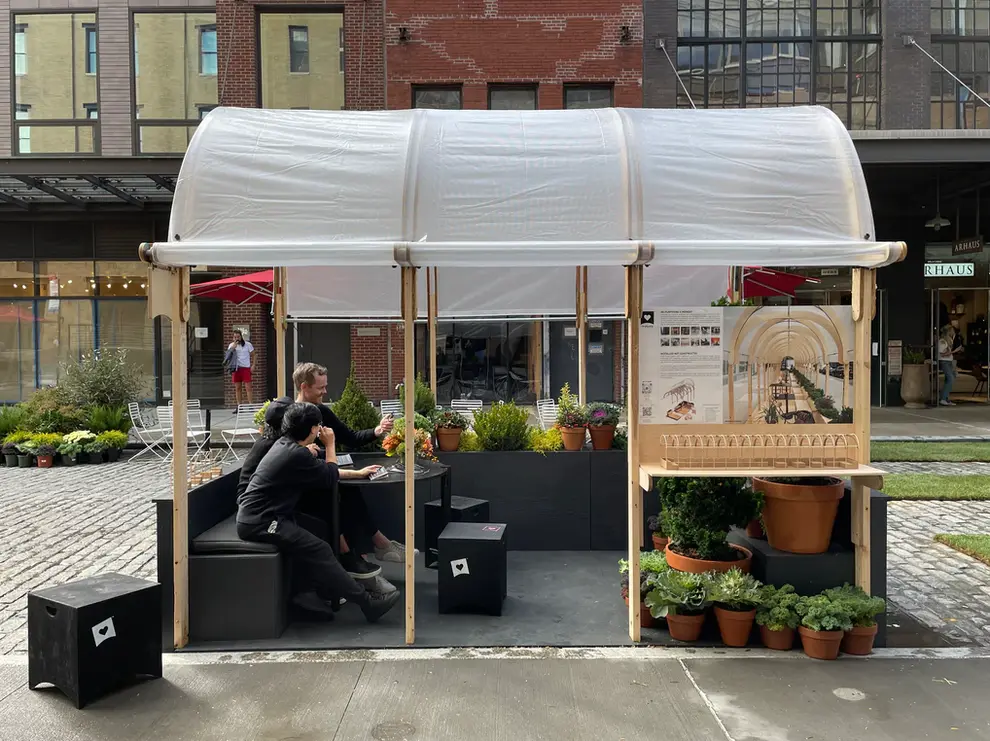
A design for pop-up, al fresco dining, in the form of a "kit of parts", Re-Ply is simple to assemble, easy to adapt, and entirely made of the plywood collected from across New York City.
Sustainable neighbourhoods come in many different forms, but they share some common characteristics. They are relatively compact, support different modes of transport, incorporate a range of housing options, offer shops, services and workplaces and are well provided with parks and public amenities. They are more likely to be resource efficient and support a high quality of life for all residents.
A truly sustainable neighbourhood can be identified by the ambitious goals it sets, such as zero waste and net zero carbon, a high degree of housing affordability and diversity, and neutral or positive fiscal impact on the municipal budget. We aim to create healthy and inclusive neighbourhoods.
Every project can contribute to its community no matter how large or small. With this mindset, possibilities beyond its primary purpose emerge that contribute to a sense of place, enhance civic participation and transform how we approach our common future.


“It’s more than about building a building here… it’s about the people and what they want”
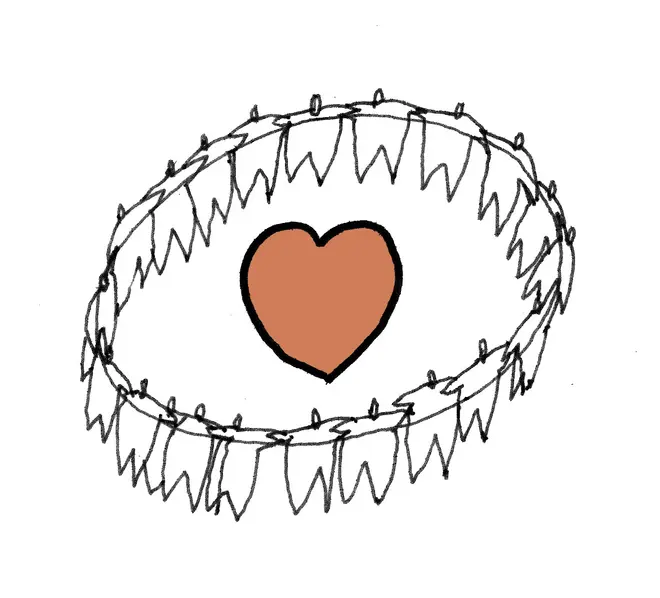
Libraries have always been a symbol for equity, gathering + learning for community events. As public streets become more privatised and places like shopping centres are homogenising our suburbs.
These sorts of public facilities are becoming even more important for communities to meet and interact.
A community library and multi-purpose facility centred around a new urban park, creates a new civil precinct that caters for Marrickville’s diverse community.


